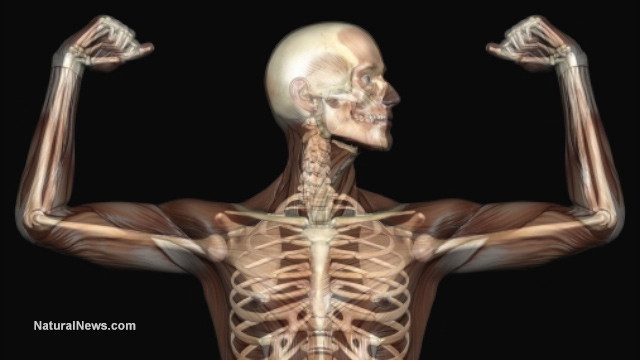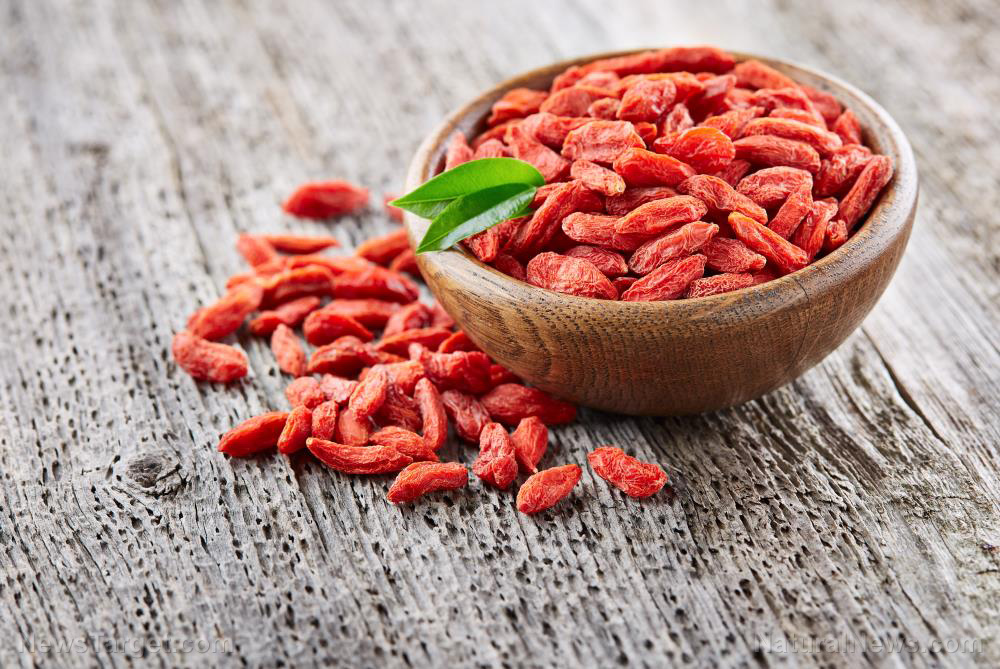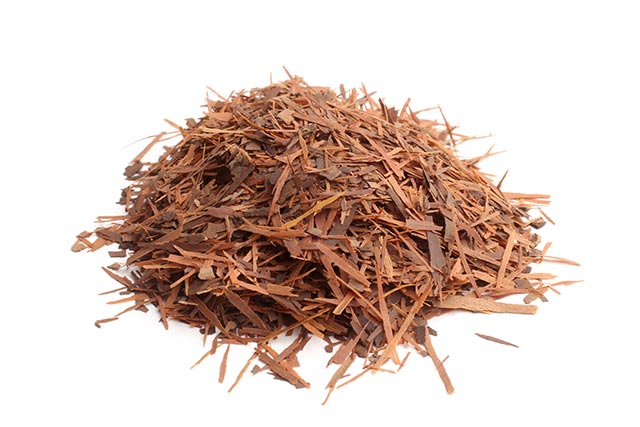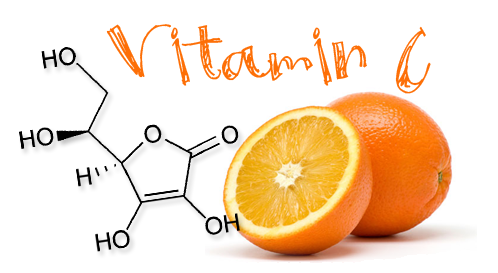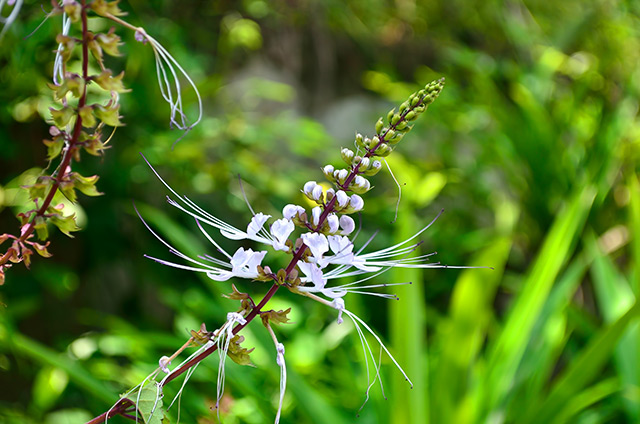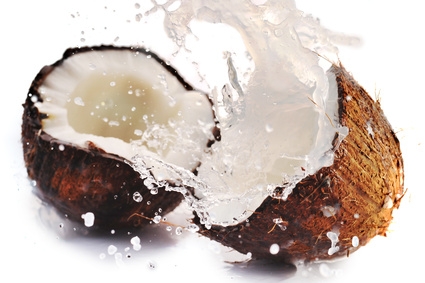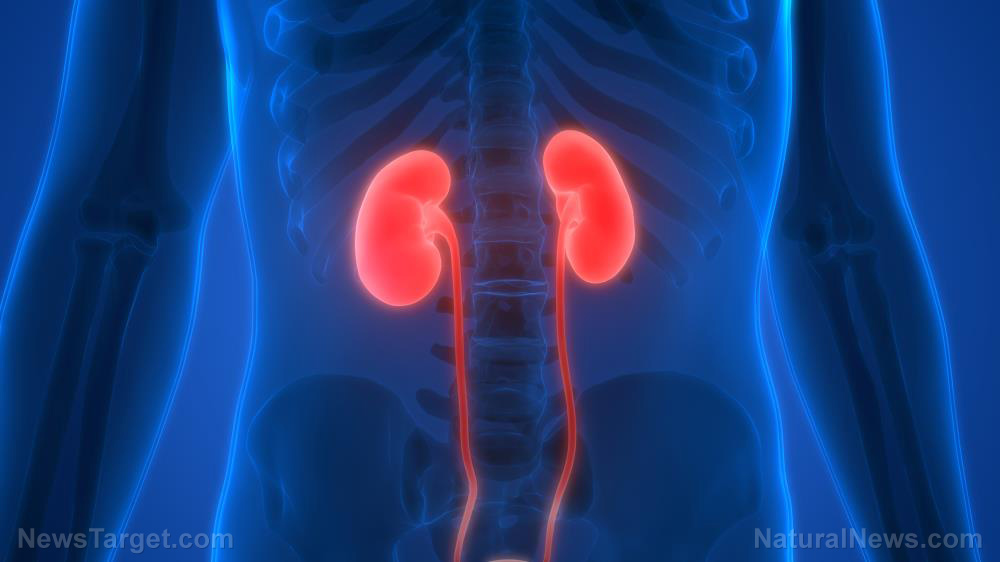The humble earthworm may hold the the key to preventing or treating fever
08/29/2018 / By Rhonda Johansson

Although not a herb, earthworms are considered a vital part of traditional Chinese medicine (TCM). Known as qui yin, the earthworm appears in many ancient texts as an effective remedy for many inflammatory conditions, including asthma, cold, and fever. Asian folk healers classify qui yin as one of the essential ingredients in TCM, with documentation of its use going as far back as 200 B.C.E. in the Divine Farmer’s Materia Medica Classic. A specific compound of qui yin, called Guang-Pheretima, in particular, is said to reduce inflammation.
A peer-reviewed study published in BMC Complementary and Alternative Medicine substantiated this claim. Here, Chinese researchers investigated the inhibitory effect and underlying mechanism of Guang-Pheretima on the inflammatory response in RAW 264.7 cells.
For the study, macrophages were pre-treated with either a Guang-Pheretima decoction (GPD) or a protein-free Guang-Pheretima decoction (PF-GPD). These cells were then stimulated with lipopolysaccharide to trigger an inflammatory response. Enzyme-linked immunosorbent assays were used to measure the levels of prostaglandin E2, tumor necrosis factor-alpha, and interleukin – compounds that are typically released by the body to regulate immune response. Other forms of protein expressions were analyzed using Greiss Reaction, Western Blot, and Real-Time polymerase chain reaction (PCR).
PF-GPD was found to have significant anti-inflammatory activity. Surprisingly, GPD was observed to have no such action.
That said, authors of the study maintain that Guang-Pheretima may be used as a potential alternative remedy to certain inflammatory conditions, including fever.
To heal, one must first understand the cause
Regular Natural News readers know that we promote a more holistic approach to health. We support all types of remedies that address the primary cause of the disorder and not just treat the symptoms, as most pharmaceutical drugs do (and even then, these drugs normally give dangerous side effects).
To better understand traditional Chinese medicine and its many uses, it’s best to understand the condition it’s supposed to treat.
Let us review the reason our bodies trigger inflammatory responses that can manifest themselves in a fever.
A fever occurs when your body temperature is higher than normal. The condition is closely related to your body’s immune response. As your temperature increases, it becomes harder for infectious agents, such as viruses and bacteria, to thrive as they are usually temperature-sensitive. Take note though that fever may be triggered by drug and alcohol abuse or environmental factors such as heat stroke.
While a fever can help fight off infection, it can sometimes climb too high for the body’s own good. Excess heat can expose proteins to direct temperature stressors which may compromise immune function.
Conventional drug therapies focus on suppressing fever by blocking the concentrations of prostaglandin, a hormone necessary for immune function regulation. However, its mechanisms of action may inadvertently affect other body functions, causing more adverse reactions. (Related: Ibuprofen increases the risk of cardiac arrest by 30% — why do people still believe that NSAIDs are safe?)
This is where TCM shines, as all its remedies are derived from natural sources. Studies such as this one prove that TCM reduces inflammatory responses without triggering any harmful effects. Guang-Pheretima treats inflammation by decreasing the levels of several proteins in the body, not just prostaglandin. Moreover, Guang-Pheretima reduces these proteins to a healthy level, one that is low enough to allow the body to heal while still deterring bacterial growth.
These recent findings add more evidence to the growing number of studies that validate the usefulness of TCM in treating various disorders.
Sources include:
BMCComplementAlternMed.BioMedCentral.com
Tagged Under: alternative medicine, Chinese medicine, Guang-Pheretima, inflammation, natural cures, natural remedies, Natural Treatments, remedies




